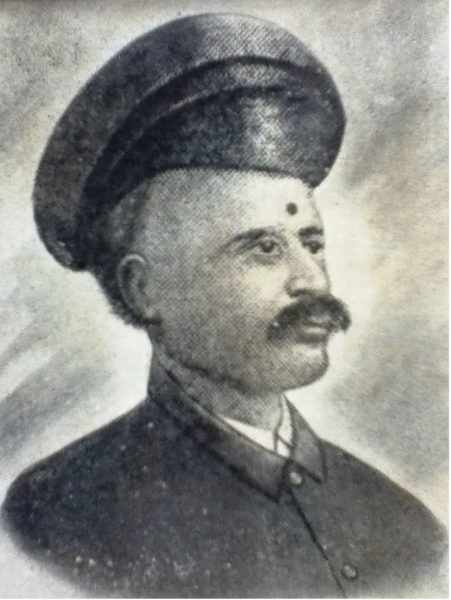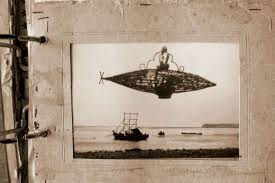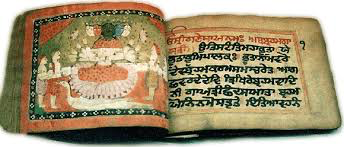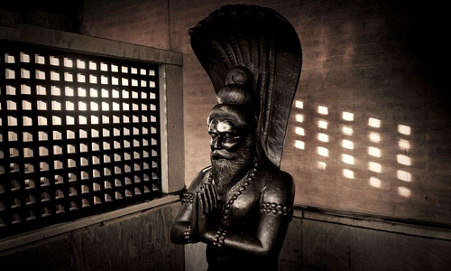
Always wonder why some people find it impossible to believe that early humans were scientific too?
It’s hilarious & unscientific to think tht Laws of Nature are accessible only to modern humans!
Let’s debunk the myth & look at some scientific facts from the oldest text: Rig Ved
It’s hilarious & unscientific to think tht Laws of Nature are accessible only to modern humans!
Let’s debunk the myth & look at some scientific facts from the oldest text: Rig Ved
On Earth’s motion:
Rig Ved 10.22.14
“This earth is devoid of hands and legs, yet it moves ahead. All the objects over the earth also move with it. It moves around the sun."
Rig Ved 10.22.14
“This earth is devoid of hands and legs, yet it moves ahead. All the objects over the earth also move with it. It moves around the sun."
On Gravity:
Rig Ved 10.149.1
“The sun has tied Earth & other planets through attraction & moves them around itself as if a trainer moves newly trained horses around itself holding their reins.”
Rig Ved 10.149.1
“The sun has tied Earth & other planets through attraction & moves them around itself as if a trainer moves newly trained horses around itself holding their reins.”
On Gravity:
Rig Ved 1.35.9
“The sun moves in its own orbit but holding earth & other heavenly bodies in a manner that they do not collide with each other through force of attraction.
Rig Ved 1.35.9
“The sun moves in its own orbit but holding earth & other heavenly bodies in a manner that they do not collide with each other through force of attraction.
On Gravity:
Rig Ved 1.164.13
“Sun moves in its orbit which itself is moving. Earth & other bodies move around the Sun due to force of attraction because Sun is heavier than them.”
Rig Ved 1.164.13
“Sun moves in its orbit which itself is moving. Earth & other bodies move around the Sun due to force of attraction because Sun is heavier than them.”
On Moon's light:
Rig Ved 1.84.15
“The moving moon always receives a ray of light from the Sun”
Rig Ved 10.85.9
“Moon decided to marry. Day & Night attended its wedding. And sun gifted his daughter “Sunray” to Moon.”
Rig Ved 1.84.15
“The moving moon always receives a ray of light from the Sun”
Rig Ved 10.85.9
“Moon decided to marry. Day & Night attended its wedding. And sun gifted his daughter “Sunray” to Moon.”
On Eclipse:
Rig Ved 5.40.5
“O Sun! When you are blocked by the one whom you gifted your own light (moon), then earth gets scared by sudden darkness.”
Rig Ved 5.40.5
“O Sun! When you are blocked by the one whom you gifted your own light (moon), then earth gets scared by sudden darkness.”
Never get blinded by the narrow outlook of colonized Science that is fed to us!
For them, the World began only 2000 years ago hence anything earlier is a myth!
What Science claimed 100 years back doesn’t hold true today. It's evolving & hence nothing shall be termed impossible
For them, the World began only 2000 years ago hence anything earlier is a myth!
What Science claimed 100 years back doesn’t hold true today. It's evolving & hence nothing shall be termed impossible
Laws of nature are universal and eternal.
All the knowledge is ALWAYS present in the universal consciousness and it’s just a matter of when it is revealed to humans!
So next time some "educated fool" mocks ancient science, please be kind and show them the mirror!! 🙏
All the knowledge is ALWAYS present in the universal consciousness and it’s just a matter of when it is revealed to humans!
So next time some "educated fool" mocks ancient science, please be kind and show them the mirror!! 🙏
• • •
Missing some Tweet in this thread? You can try to
force a refresh









